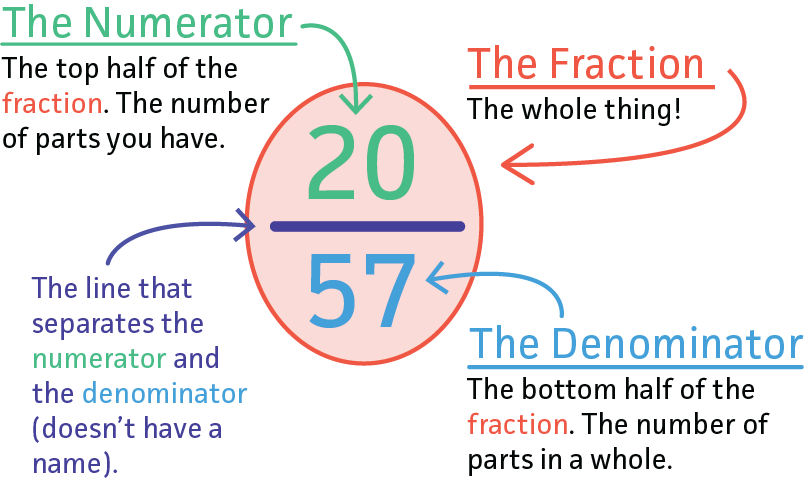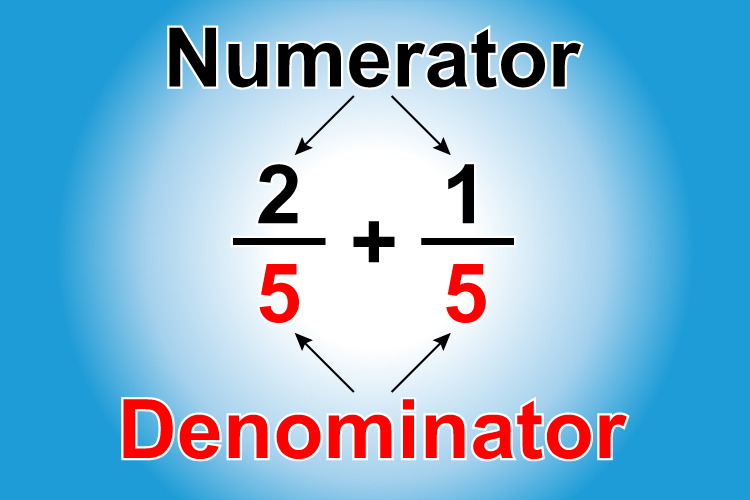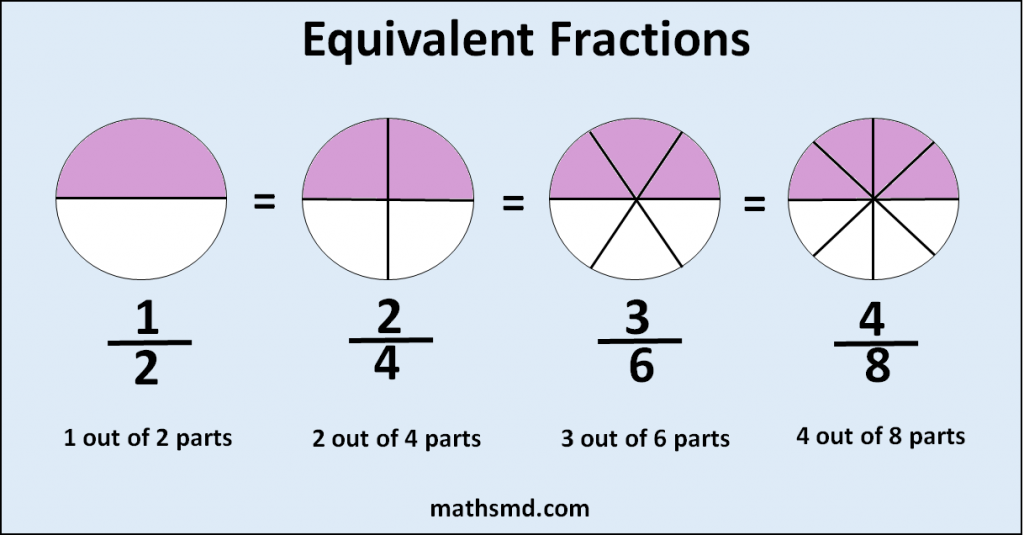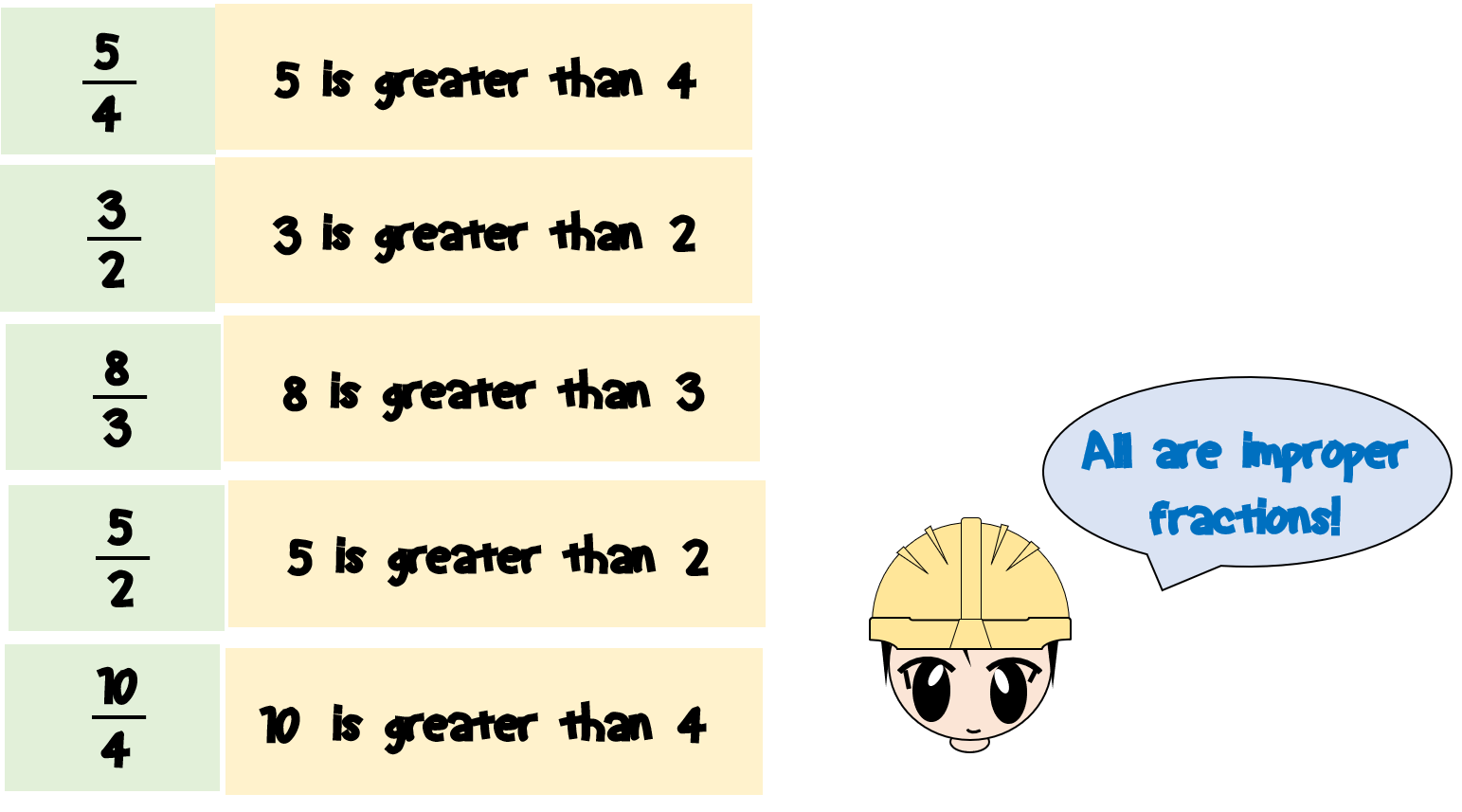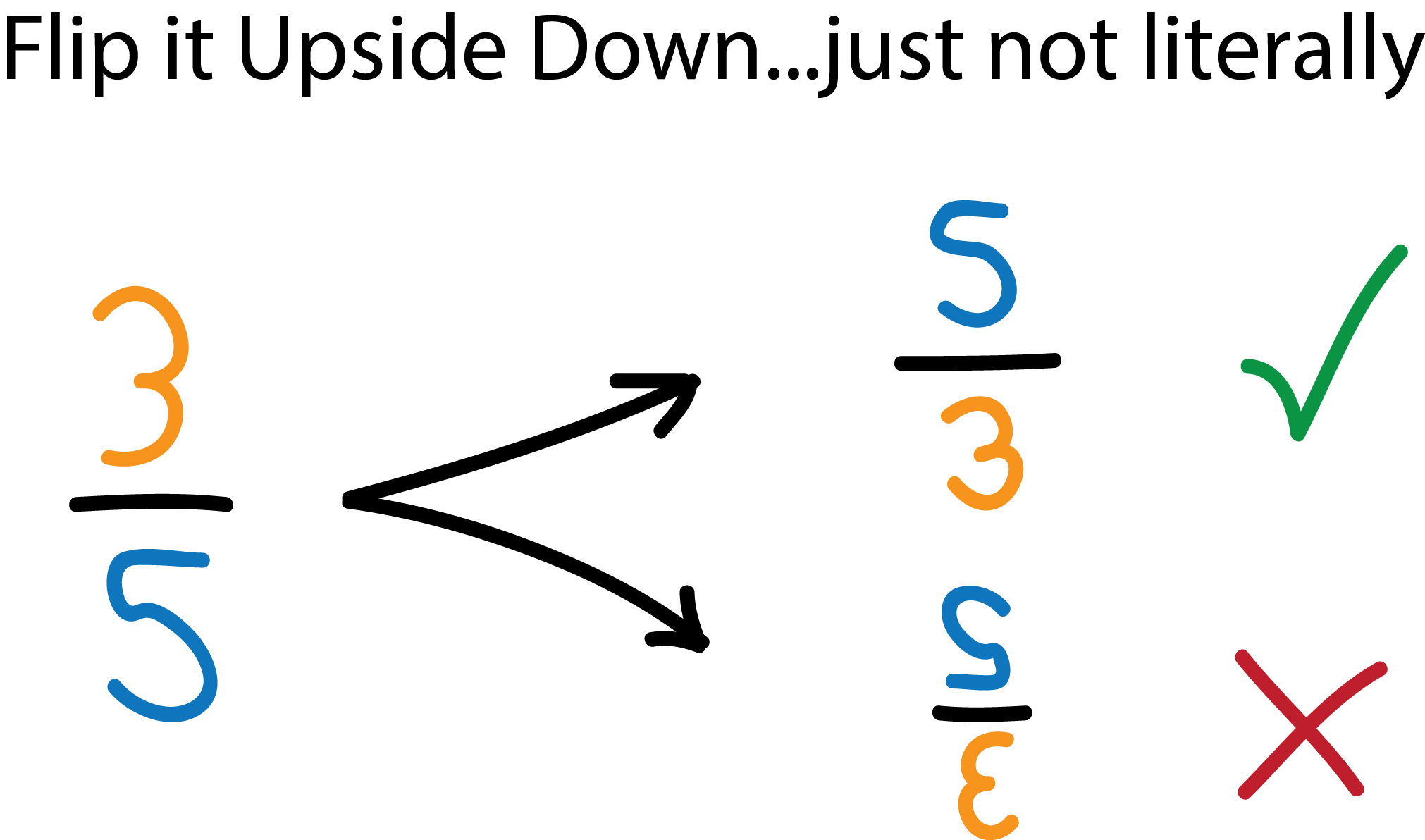Fractions,types Of Fractions Presentation
| Introduction to Fractions | ||
|---|---|---|
| A fraction represents a part of a whole or a group. Numerator: The number on top of the fraction, representing the part. Denominator: The number on the bottom of the fraction, representing the whole. | ||
| 1 | ||
| Proper Fractions | ||
|---|---|---|
| Proper fractions have a numerator that is less than the denominator. The value of a proper fraction is always less than 1. Example: 3/ 4, where 3 is the numerator and 4 is the denominator. | ||
| 2 | ||
| Improper Fractions | ||
|---|---|---|
| Improper fractions have a numerator that is equal to or greater than the denominator. The value of an improper fraction can be equal to or greater than 1. Example: 5/ 3, where 5 is the numerator and 3 is the denominator. | ||
| 3 | ||
| Mixed Numbers | ||
|---|---|---|
| Mixed numbers are a combination of a whole number and a proper fraction. They can be converted into improper fractions and vice versa. Example: 2 1/ 2, where 2 is the whole number, 1 is the numerator, and 2 is the denominator. | ||
| 4 | ||
| Equivalent Fractions | ||
|---|---|---|
| Equivalent fractions have different numerators and denominators but represent the same value. They can be found by multiplying or dividing both the numerator and denominator by the same number. Example: 1/ 2 and 2/ 4 are equivalent fractions. | ||
| 5 | ||
| Like Fractions | ||
|---|---|---|
| Like fractions have the same denominators. They can be added or subtracted by simply adding or subtracting their numerators. Example: 3/ 5 + 2/ 5 = 5/ 5 = 1. |  | |
| 6 | ||
| Unlike Fractions | ||
|---|---|---|
| Unlike fractions have different denominators. They need to be converted into like fractions before adding or subtracting them. Example: 1/ 3 + 1/ 4 = 4/ 12 + 3/ 12 = 7/ 12. |  | |
| 7 | ||
| Proper Improper Fractions | ||
|---|---|---|
| Proper improper fractions are fractions where the numerator is greater than or equal to the denominator. They can be converted into mixed numbers. Example: 7/ 4 can be converted into 1 3/ 4. | ||
| 8 | ||
| Reciprocal Fractions | ||
|---|---|---|
| Reciprocal fractions are fractions in which the numerator and denominator are switched. When multiplied together, they always result in 1. Example: The reciprocal of 3/ 4 is 4/ 3. | ||
| 9 | ||
| Conclusion | ||
|---|---|---|
| Fractions are an essential part of mathematics and everyday life. Understanding the different types of fractions helps in solving problems and making calculations. Practice and repetition are key to mastering fractions. | ||
| 10 | ||
